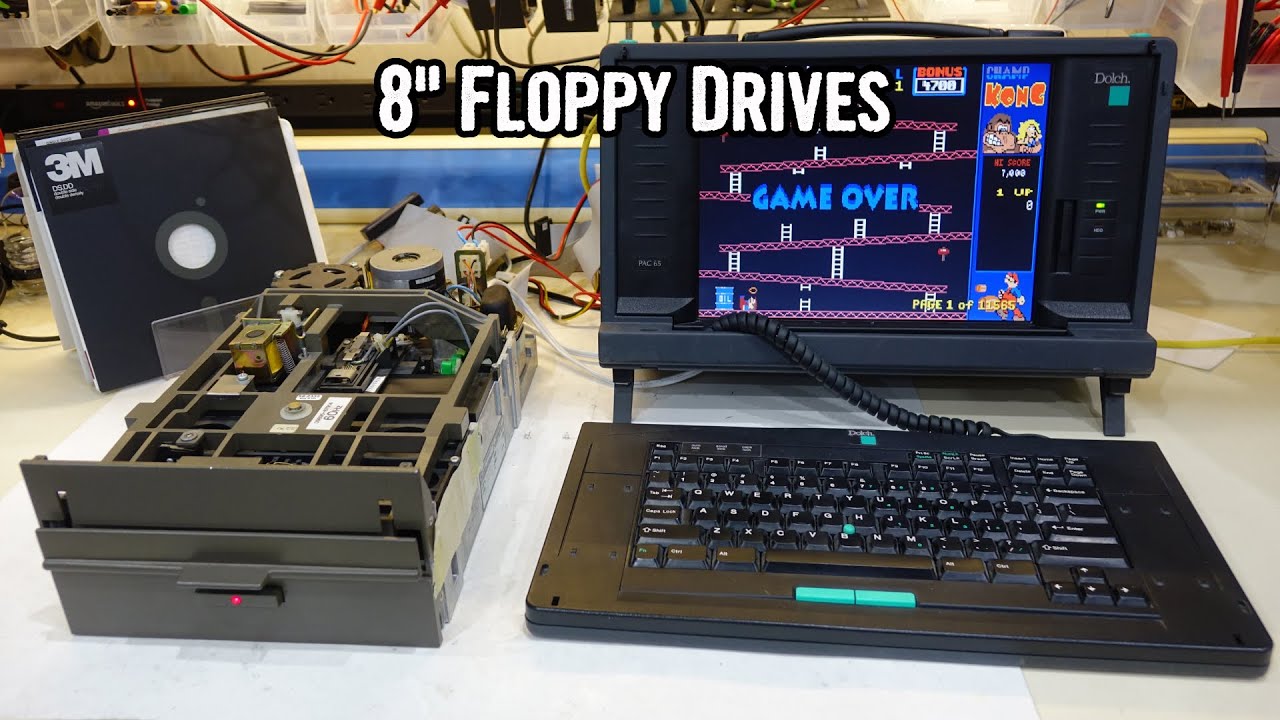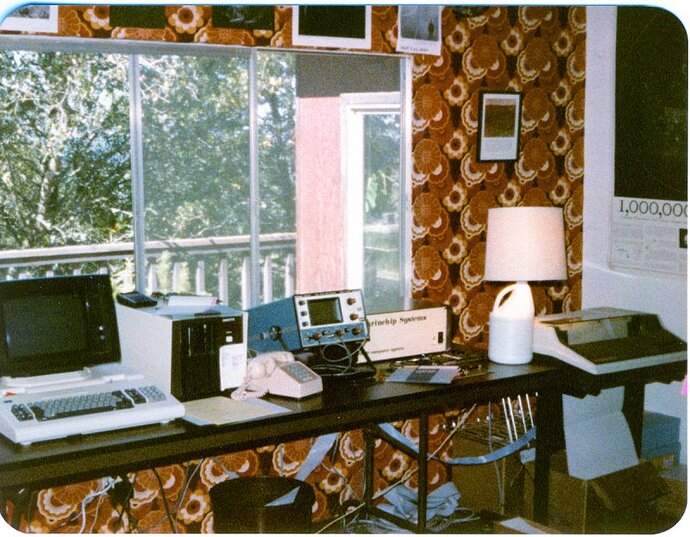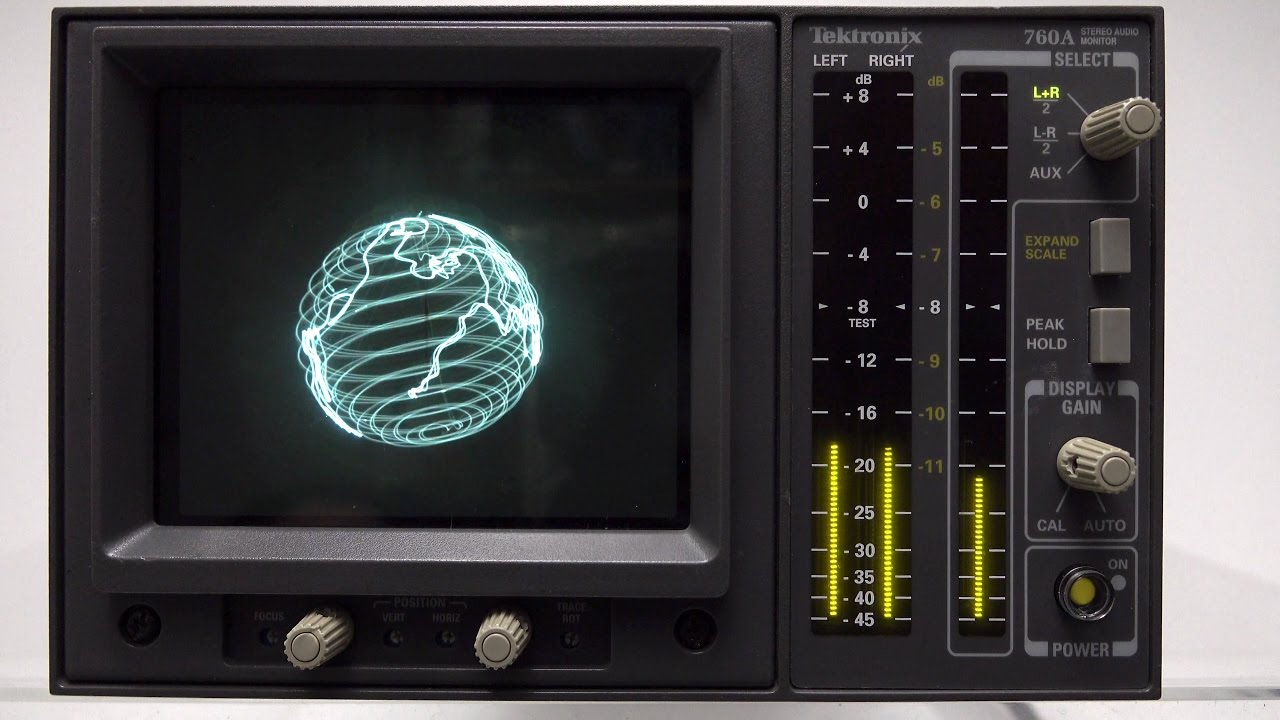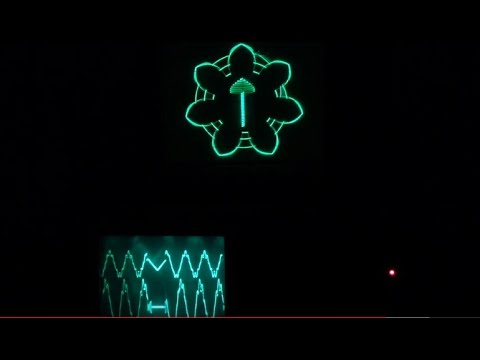IBM originally developed the floppy disc as a read-only medium used to distribute microcode for their mainframe processor and peripheral products. The goal was a medium with sufficient capacity for the application, a compact and inexpensive drive, and affordable media cost. The original design was an 8 inch single sided disc in a protective cover storing 81 kilobytes, first shipped in 1971 as part of the 3835 Storage Control Unit and patented in 1971 (3,668,658 [PDF] disc medium, 3,678,481 [PDF] drive). The potential of the floppy disc as an alternative to slow and cumbersome media such as tape for applications such as word processing and data entry (replacing card punch machines) was quickly appreciated within IBM and by other vendors, and the format evolved into read/write drives whose capacity grew through the 1970s, with IBM introducing a 1.2 megabyte double-sided, double-density floppy disc format in 1977. Floppy discs, though expensive, were the only medium that could provide a vaguely convenient user experience on the emerging microcomputers of the first generation of personal computing, and were widely adopted by systems such as CP/M.
While 8 inch floppy and drives were small and inexpensive by IBM mainframe standards, they were large and costly in the context of home and office computers intended to sit on a desktop. This led to the development of the 5¼ inch minifloppy in 1976 and the Sony 3½ inch microfloppy in 1981. When the IBM PC shipped with 5¼ inch floppy drives in 1981, the smaller size rapidly became the standard, relegating the 8 inch format to legacy hardware. The IBM PC/AT in 1984 shipped with a 1.2 megabyte 5¼ inch floppy drive which equaled the capacity of the largest standard 8 inch format, eliminating any remaining advantage it had.
To look at the storage media, you might assume the 5¼ inch floppy drive was just a smaller version of its 8 inch ancestor, but appearances can be misleading—they are very different creatures. The incentives when designing the smaller drive to reduce cost and complexity were much greater than when IBM was defining the original floppy, and this led to major changes in mechanism and interface.
For example, the original 8 inch floppy drive used an A/C motor powered directly from mains current that spun the floppy disc continuously. To avoid wear on the magnetic medium, the head (or heads, on later double sided drives) were mounted on an arm activated by a solenoid which pushed them into contact with the disc only when reading or writing. The 5¼ inch drives, by contrast, placed the head(s) in contact with the disc as soon as a disc was loaded and the door closed. The disc was spun by a DC motor which was controlled by the computer, with excess wear on the disc avoided by only spinning the disc when reading or writing data.
The controllers for 8 and 5¼ inch drives were usually entirely different, although software would make them look the same except for storage addressing and capacity. You couldn’t just swap out the drive to use a different format; it was a much more complicated business. And that’s the business that retrocomputing guru Curious Marc and his intrepid team of paleotechnologists found themselves confronted with when trying to resurrect 8 inch floppy drives for Hewlett-Packard laboratory computer systems. There are, in fact, eleven fundamental differences between 8 and 5¼ floppies which must be puzzled out and dealt with before the technological chasm can be bridged.
Another eccentricity of 8 inch floppy drives was that since they used A/C motors, they were sensitive to the frequency of the mains current used to drive them. Note that one of the drives in the video is prominently marked “60 Hz”. If that drive were powered by 50 Hz electricity, as used in Europe, even with a voltage adapter, it wouldn’t work because the disc would be spinning too slowly and the data rate would be incorrect. When changing an 8 inch floppy drive from one power frequency to another, you’d have to replace the pulley for the drive belt the spun the disc so it would spin at the correct rate.
Here is a picture of the development system at Marinchip Systems Intergalactic Headquarters in Summer 1980, with a PerSci dual 8 inch floppy drive visible between the terminal and oscilloscope, to the right of which a floppy disc in its protective sleeve is visible.
We never adapted Marinchip systems to use 5¼ inch floppies. Our customers had become accustomed to the 1.2 megabyte capacity of double-sided double-density 8 inch floppies, and had no interest in anything smaller. By the time 1.2 megabyte 5¼ inch floppies became available, the Marinchip hardware was obsolete and power users had moved on to systems with hard disc storage.




